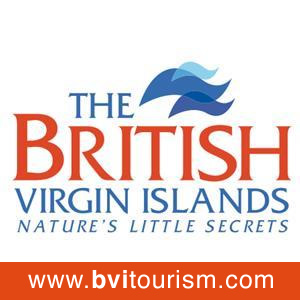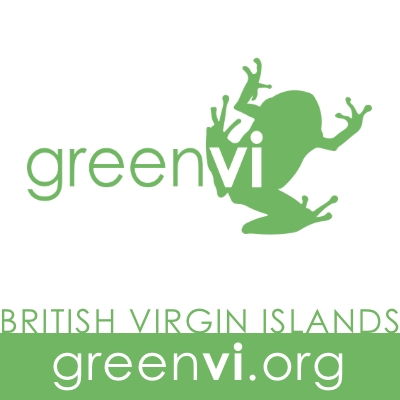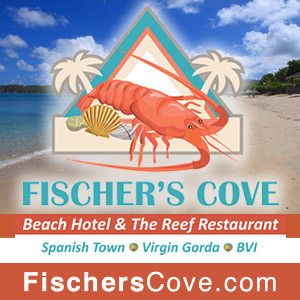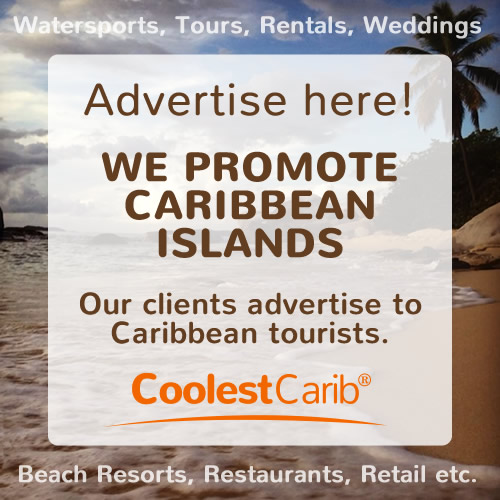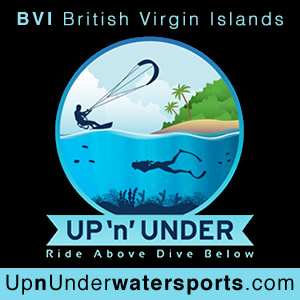Virgin Gorda is a British Overseas Teritory, the third-largest and second most populated of the British Virgin Islands.
Virgin Gorda is located to the east of Puerto Rico and the U.S. Virgin Islands and north-west of Anguilla. View Map. Virgin Gorda is a picturesque, volcanic Caribbean Island and famous for its rolling hills, lush green valleys and being undeveloped. Virgin Gorda is sparsely populated and covered with huge boulders over much of the southern part of the island.
1. Origin of the Name:
The name "Virgin Gorda" is Spanish for "Fat Virgin," possibly referring to the shape of the island resembling a reclining woman when viewed from a certain angle.
2. The Baths:
One of the most famous attractions on Virgin Gorda is "The Baths." These are large granite boulders scattered along the beach, creating spectacular grottoes, pools, and tunnels that visitors can explore and swim through.
3. Copper Mine Ruins:
The island has historic ruins of a copper mine, dating back to the 19th century. These remnants offer a glimpse into the island's industrial past and are a point of interest for history enthusiasts.
4. Yachting Destination:
Virgin Gorda is a popular destination for yachting and sailing enthusiasts. The island's protected anchorages and marinas attract sailors from around the world, especially during regatta season.
5. Luxury Tourism:
Known for its upscale resorts and villas, Virgin Gorda attracts tourists seeking luxury and tranquility. It's a hotspot for celebrities and high-profile visitors looking to unwind in a pristine Caribbean setting.
Virgin Gorda means ‘Fat Virgin’ in Spanish. Christopher Columbus named it so because the island's profile on the horizon looks like a fat woman lying on her side. It is mostly undeveloped, sparsely populated and covered with huge boulders over much of the southern part of the island.
Fischers Cove Beach Hotel is one of the most established locally owned hotel/restaurant combination, serving breakfast, lunch and supper, with great pizzas and an amazing view.
Worthwhile attractions on the island are - of course, nearly always back-dropped by spectacular views - Spanish Town, Gorda Peak National Park, North Sound, the Yacht Harbour, the copper mine ruins, The Baths (also a National Park) and many gorgeous beaches.
How to get around? Speedy's offer a ferry service from Tortola to Virgin Gorda and also to St. Thomas. Speedy's also has a car rental division: Speedy's Car Rentals. Use both you may receive a discount, just show your receipts.
Check out our blog: CoolestCarib.com/blog
Enjoy your stay!

"God Save The Queen"
US Dollar. Major credit cards are accepted in many, but not all establishments.
Left
Sales tax: none. Departure taxes: $20.00 per person leaving by air, $15.00 (visitors) leaving by sea. Accommodation tax: 7% hotel accommodation tax payable by guests who stay for six months or less in hotels, apartments, houses, cottages, villas and similar accommodations.
The language of the locals in the British Virgin Islands, is English with a West Indian based dialects. For instance, the 'H' is often discarded ("thing" becomes "ting", and "thanks" becomes "tanks").
- The Baths - giant boulders form a series of grottoes and sea pools that make for excellent swimming and colorful snorkeling. It is a geological wonder and one of the BVI's most popular features. There are beautiful beaches at Spring Bay and Devil’s Bay and The Baths is part of a National Park.
- The Coppermine - the remains of this old mine, dating from 1838 and even earlier, can be visited for its mine shafts, cistern, boiler house, amongst other things. The Spanish and Cornish miners are thought to have operated here.
- Nail Bay - There is a resort here now, The Nail Bay Resort with restaurant, but it used to be a sugar plantation. Ruins dating from back in the 19th century can be seen here.
- Gorda Peak National Park - has a big array of indigenous and exotic flora as well as many mahogany trees. Gorda Peak is the island’s highest point and is 1500 feet high.
- Little Fort National Park - the National Park lies south of the Yacht Harbor and hosts some acres of a wildlife sanctuary and ruins of a Spanish fort.
- The Baths - once again top of the list, this is spectacular for incredible views and snorkeling. Huge boulders form grottoes and seawater pools that flood and become a mecca for colorful fish. Really worthwhile to visit for so many reasons. There are restrooms, a restaurant at the beach and one at the top of the hill in the National Park, as well as some quaint souvenir shops to frequent.
- Mahoe Bay - Located at the Mango Bay Resort, it has a gentle, curvy beach and clear water. You can swim or walk along the whole stretch of the cove for a good bit of exercise, or kayak, snorkel (lots of sea turtles here) and engage in other water sports as the resort provides these amenities.
- Spring Bay - Anything that is near or next to The Baths, like Spring Bay, is fabulous. White, fine sand and clear blue water - what more can you ask for? Perfect snorkeling is almost a given here.
- Trunk Bay - As beaches go in the Virgin Islands, the Trunk Bays (respectively in Virgin Gorda, BVI and St. John, USVI) both come highly recommended. This one is wide and a little difficult to reach, however. Most go there by boat, or otherwise you can reach it from Spring Bay although the path and terrain is quite rough - be warned!
- Savannah Bay - a half mile long, secluded and usually not crowded, Savannah Bay is actually three different bays: Savannah, Pond and Tetor Bays. Anchoring is usually done in Pond Bay. Giorgio’s Table Restaurant is on the Point with a dinghy dock. The water is shallow and there are reefs, but it can be difficult to access by boat if the water is rough. Choose a calm day at sea and this place will make your day!
Virgin Gorda is part of the BVI, located in the Caribbean, between the Caribbean Sea and the North Atlantic Ocean, east of Puerto Rico. Maximum elevation: Gorda Peak - 1,370' above sea level. Located at approximately 18 degrees, 48 minutes North, and 64 degrees, 30 minutes West, it covers an area of about 8 square miles (21 km2). There are no bodies of water on the land. There are no land boundaries. It is a volcanic island with rolling hills, peaks and valleys. ‘An unusual geologic formation known as "The Baths" located on the southern end of the island makes Virgin Gorda one of the BVI's major tourist destinations. At The Baths, the beach shows evidence of the island's volcanic origins, as huge granite boulders lie in piles on the beach, forming scenic grottoes that are open to the sea...’ [from Wikipedia].
Brief History
There are 60 islands (with only about 16 being inhabited) that comprise the British Virgin Islands. They are known for their secret bays, hidden coves, isolated beaches, sometimes surfable waves (like at Long Bay), tall palms and people.
The BVI were inhabited by the Ciboney Indians (stone age), followed by the Arawak Indians (from South America) and then the Carib Indians, a fierce and aggressive bunch who arrived about one hundred years before Christopher Columbus. Columbus’s discovery of the BVI in 1493 brought about its colonization by the Spaniards, the French and finally the British.
In days of old the islands abounded with pirates and privateers who left behind a rich history of tales of treasures untold. Famous inhabitants of Tortola were Blackbeard and Captain Kidd. The primary islands of the British Virgin Islands are Tortola, Virgin Gorda, Anegada and Jost Van Dyke.
On many Caribbean islands English is not the main language. Depending on which island you're planning to visit download either a French/English, Dutch/English or Spanish/English dictionary on your phone before you arrive. Locals appreciate the effort and may just give you better service if you try.

